Top Tools and Platforms for Cloud Infrastructure Monitoring in 2025
- Nitin Yadav
- Knowledge
About

Explore the top cloud infrastructure monitoring tools in 2025. Compare Datadog, New Relic, Dynatrace & more to boost uptime, observability, and cloud performance.
Industries
- CI/CD Pipelines, Cloud Infrastructure Monitoring, Cloud Security, cloud security provider, SquareOps, Terraform
Share Via
Introduction
As businesses increasingly migrate to hybrid and multi-cloud environments, real-time visibility and performance monitoring have become critical to reliability, cost control, and compliance. In this guide, we explore the top cloud infrastructure monitoring tools and platforms that will help DevOps, SRE, and IT teams maintain operational excellence in 2025.
Why Cloud Infrastructure Monitoring Matters
Cloud environments are dynamic—resources are provisioned and scaled on demand, services are distributed globally, and outages can occur within seconds. Without proper monitoring, organizations face:
- Increased downtime and degraded user experience
- Delayed incident response and troubleshooting
- Poor resource utilization and cost inefficiencies
- Missed SLAs and compliance violations
Monitoring isn’t just a technical necessity—it’s a business imperative. With trends like edge computing, AI-powered apps, and zero-trust security gaining traction, cloud observability platforms must evolve to meet new visibility demands.
A robust cloud infrastructure monitoring strategy enables proactive performance management, capacity planning, and alerting across compute, storage, network, and application layers.
Core Capabilities of Modern Cloud Monitoring Platforms
Effective platforms in 2025 must go beyond traditional resource checks. The core capabilities to evaluate include:
- Multi-layer visibility: Infrastructure + Application + End-user experience
- Real-time telemetry: Metrics, logs, and traces with sub-second latency
- AI/ML-based intelligence: Predictive alerts, root cause detection, self-healing triggers
- Custom dashboards: Persona-specific views (SRE, Dev, IT Ops)
- Cloud-native compatibility: Serverless, containers, microservices, and edge nodes
Open standards: OpenTelemetry, PromQL, integrations with SIEMs and ITSM tools
Key Criteria to Evaluate Tools
Criteria | Description |
Scalability | Can the platform monitor tens of thousands of nodes, containers, or VMs? |
Multi-cloud support | Is it cloud-agnostic or tied to a specific vendor? |
Deployment model | SaaS, on-prem, hybrid deployment options? |
Security | Role-based access, audit logs, encrypted transport, SSO/SAML integrations |
Automation | Alert triggers, runbooks, auto-remediation, and integrations with SOAR |
Cost transparency | Usage-based billing, predictability, tiered pricing |
Customer success | Onboarding, documentation, SLAs, and account management support |
Top Cloud Infrastructure Monitoring Tools in 2025
1. Datadog
Datadog remains a category leader, thanks to its breadth of monitoring across infrastructure, APM, logs, and security.
- Use Case: High-growth SaaS, e-commerce, FinTech
- Pros: Agentless deployment, 600+ integrations, ML-powered alerts
- Cons: Can be cost-intensive at scale
- Recent Updates: Universal Service Monitoring, Cloud Cost Insights, Sensitive Data Scanner
2. New Relic
With a powerful Telemetry Data Platform and intuitive UI, New Relic delivers full-stack observability.
- Use Case: Teams seeking easy onboarding and unified visibility
- Pros: No sampling, real-time data ingestion, all-in-one pricing
- Cons: Less customizable than Prometheus + Grafana
- Recent Updates: Pathpoint for BizOps, AIOps for incident reduction
3. Prometheus + Grafana + Loki
This open-source trio offers a powerful DIY stack.
- Use Case: Kubernetes-native environments with in-house engineering support
- Pros: No vendor lock-in, full customization, active OSS community
- Cons: Higher management overhead, limited AI/ML capabilities
- Best For: Enterprises with mature observability teams
4. Dynatrace
Renowned for autonomous observability and root cause detection using Davis AI.
- Use Case: Large-scale enterprises with complex architecture
- Pros: Smart dependency mapping, code-level visibility, predictive modeling
- Cons: Higher entry cost, deeper initial setup
- Recent Updates: Grail Data Lakehouse, AppEngine for custom apps
5. Zabbix
Reliable and lightweight, Zabbix suits infrastructure-centric monitoring.
- Use Case: IT Ops teams in budget-sensitive organizations
- Pros: SNMP, JMX, IPMI support, flexible templates
- Cons: Limited cloud-native observability, older UI
6. LogicMonitor
A SaaS-based option for IT Ops and infrastructure monitoring across hybrid environments.
- Use Case: MSPs, traditional IT teams
- Pros: Pre-configured dashboards, SNMP support, NetFlow analytics
- Cons: Customization requires enterprise tier
7. AppDynamics (Cisco)
Ideal for application-aware infrastructure monitoring and business impact correlation.
- Use Case: Business-critical apps in finance, healthcare
- Pros: Business iQ, baselining engine, code diagnostics
- Cons: Limited container-native capabilities
8. Amazon CloudWatch
The default choice for AWS-heavy environments.
- Use Case: AWS-native DevOps, startups
- Pros: Deep integration with AWS services, scalable metrics
- Cons: Basic visualization, additional cost for custom metrics
9. Azure Monitor + Log Analytics
Combines performance insights with security telemetry across Azure.
- Use Case: Azure-native workloads, compliance-sensitive teams
- Pros: Workbooks, KQL queries, Defender integration
- Cons: Azure-only; steeper learning curve for KQL
10. GCP Operations Suite (Stackdriver)
Now rebranded, offers Google-native observability features.
- Use Case: GCP-centric teams
- Pros: Uptime checks, incident timelines, error reporting
Cons: Limited multi-cloud capability
Extended Use Case: Multi-Cloud SaaS Startup
Company: Global SaaS platform with microservices across AWS and Azure
Pain Points:
- Latency spikes during deployments
- Resource overprovisioning and unexpected cloud bills
- Fragmented monitoring using multiple dashboards
Solution: Implemented Datadog for infrastructure, New Relic for APM, and integrated with Slack and PagerDuty
Outcomes:
- Reduced MTTR by 52%
- Saved $90K annually through resource rightsizing
Improved developer on-call satisfaction and deployment velocity
Best Practices for Cloud Infrastructure Monitoring
- Instrument with OpenTelemetry for vendor-neutral observability
- Group resources by environment (prod/dev/test) for targeted monitoring
- Adopt an SLO-driven model to align with business outcomes
- Use trace sampling wisely to manage ingestion costs
- Automate alerts into ITSM systems (e.g., ServiceNow, Jira)
- Enforce runbook-driven escalation policies
- Leverage synthetic testing to monitor external user experience
- Build role-based dashboards for developers, SREs, and business teams
- Monitor cloud cost metrics alongside system health (e.g., with Datadog Cloud Cost)
Continuously audit monitoring gaps and unused alerts
Platform Comparison Matrix
Tool | Multi-Cloud | K8s Native | Open Source | APM + Logs | Pricing Model | AI/ML Alerts |
Datadog | Yes | Yes | No | Yes | Usage-based | Yes |
New Relic | Yes | Yes | No | Yes | All-in-one | Yes |
Prom+Grafana | Partial | Yes | Yes | Partial | Self-hosted / OSS | No |
Dynatrace | Yes | Yes | No | Yes | License + usage | Yes (Davis) |
Zabbix | Limited | No | Yes | Limited | Free (self-hosted) | No |
LogicMonitor | Yes | Yes | No | Yes | Subscription | Yes |
AppDynamics | Yes | Limited | No | Yes | Enterprise pricing | Yes |
CloudWatch | AWS only | Yes | No | Yes | AWS service pricing | Basic |
Azure Monitor | Azure only | Yes | No | Yes | Azure pricing | Yes |
GCP Ops | GCP only | Yes | No | Yes | GCP pricing | Yes |
Final Thoughts
The best cloud infrastructure monitoring platform in 2025 is the one that fits your stack, team size, and operational maturity. Whether you’re optimizing for observability, cost, uptime, or user experience, the right solution helps you detect problems faster, troubleshoot intelligently, and continuously improve system reliability.
Remember, observability isn’t a destination—it’s a culture. It’s not just about tools, but how your teams collaborate to ship better software, faster, and with confidenc
Frequently asked questions
It refers to tracking and analyzing the performance, availability, and resource usage of cloud-based systems such as servers, containers, networks, and services.
It helps detect system anomalies, prevents downtime, improves performance, and ensures compliance with SLAs and regulatory standards.
Monitoring shows you metrics and alerts when something breaks. Observability lets you dig deeper to understand the root cause using logs, traces, and context.
Agent-based tools offer deeper visibility and customization. Agentless tools are easier to deploy but may miss certain internal metrics.
It enables continuous feedback loops, supports CI/CD pipelines, and helps DevOps teams ensure system reliability and performance during rapid deployments.
They help detect anomalies faster, reduce false positives, and automate root cause analysis using pattern recognition and correlation.
CPU usage, memory, disk I/O, network traffic, error rates, response times, and service-level indicators (SLIs) such as availability and latency.
It depends on the tool. Open-source platforms are free but require setup. SaaS tools are more user-friendly but can incur higher costs with scale.
Set up a realistic PoC in a staging environment with real workloads, user roles, and security policies.
Measure against reduced breach risk, automation time saved, audit cost reductions, and faster incident response.
Related Posts
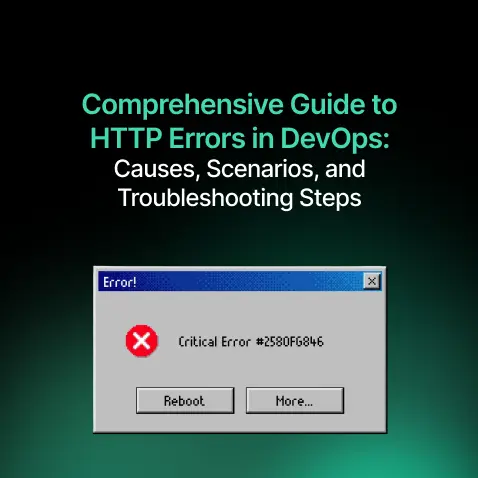
Comprehensive Guide to HTTP Errors in DevOps: Causes, Scenarios, and Troubleshooting Steps
- Blog

Trivy: The Ultimate Open-Source Tool for Container Vulnerability Scanning and SBOM Generation
- Blog
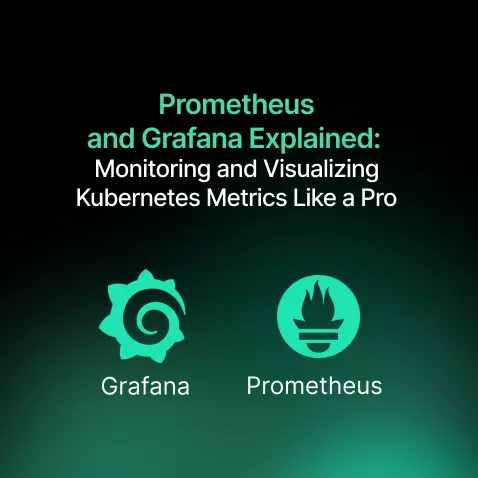
Prometheus and Grafana Explained: Monitoring and Visualizing Kubernetes Metrics Like a Pro
- Blog
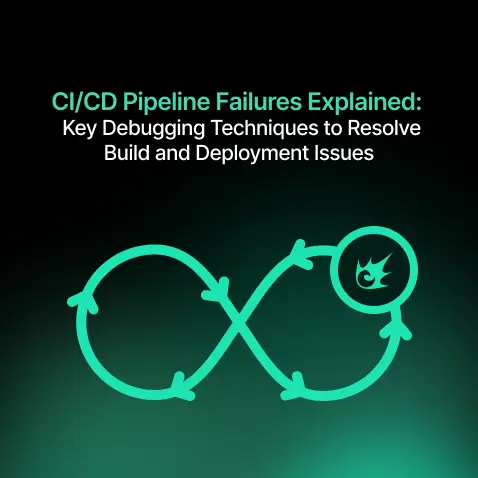
CI/CD Pipeline Failures Explained: Key Debugging Techniques to Resolve Build and Deployment Issues
- Blog
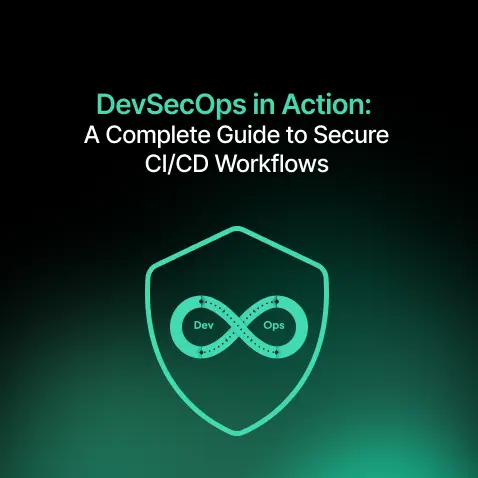
DevSecOps in Action: A Complete Guide to Secure CI/CD Workflows
- Blog
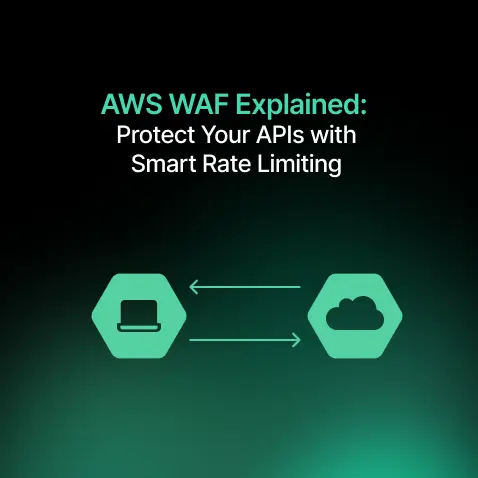
AWS WAF Explained: Protect Your APIs with Smart Rate Limiting
- Blog

